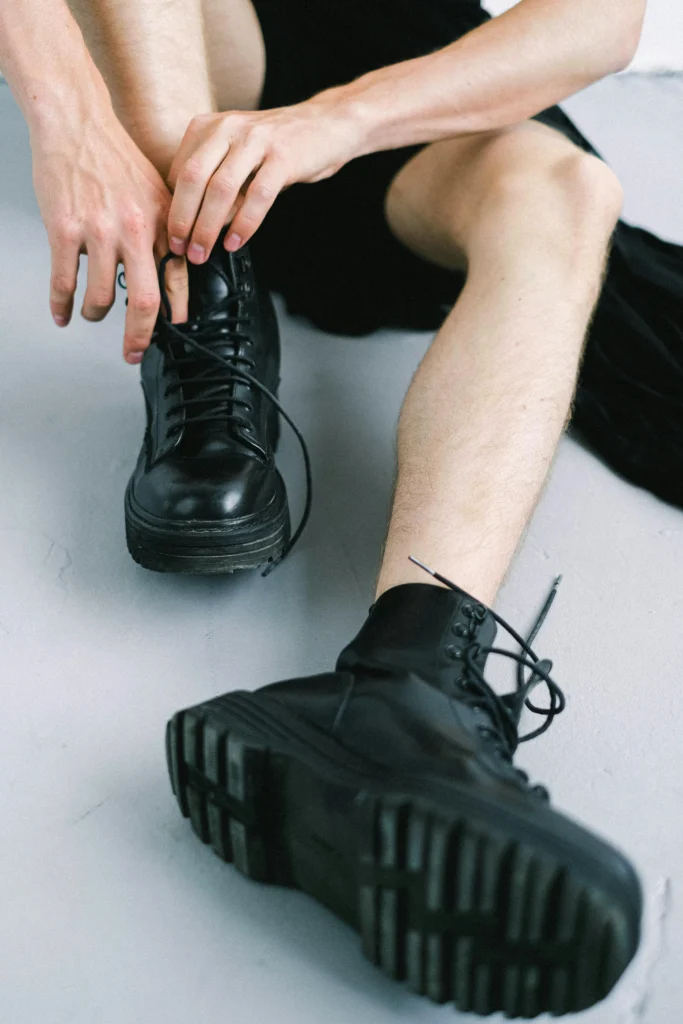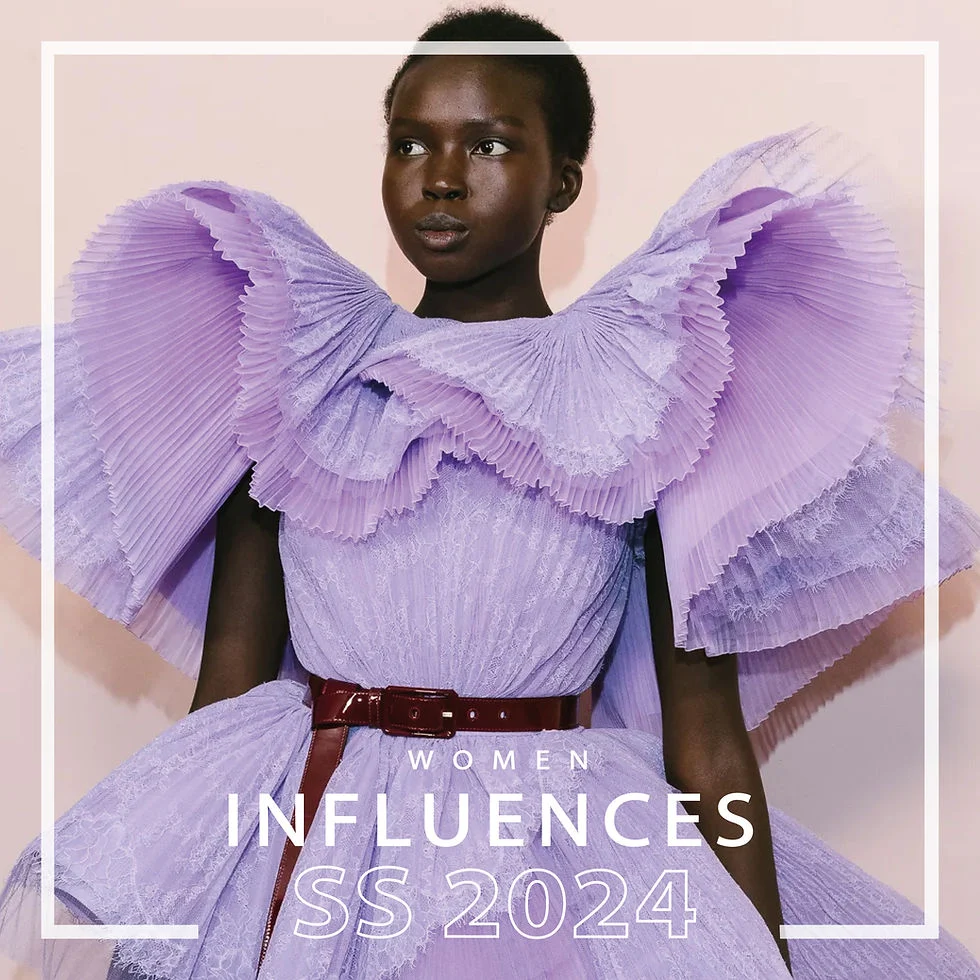The Evolution of Streetwear: From Subculture to High Fashion has been a fascinating journey that reflects the changing landscape of fashion and culture. Initially, streetwear emerged as a subculture movement, characterized by its casual and urban style, rooted in skateboarding, hip-hop, and graffiti. However, over the years, it has evolved into a prominent force in the fashion industry, transcending its subcultural origins to become a highly influential and lucrative market segment. This transformation has been driven by the convergence of streetwear with high fashion, leading to collaborations between luxury brands and streetwear labels, and the increasing presence of streetwear on prestigious runways and in high-end stores. As a result, streetwear has gained widespread recognition and acceptance, blurring the lines between subculture and high fashion.
The Evolution of Streetwear: From Subculture to High Fashion has sparked curiosity about how streetwear has influenced mainstream fashion and vice versa. People are intrigued by the ways in which streetwear has challenged traditional fashion norms and redefined the concept of luxury. Additionally, the rise of streetwear has raised questions about its impact on consumer behavior and the global fashion market. Furthermore, the evolution of streetwear has piqued interest in the creative and collaborative processes between streetwear brands and high fashion houses, as well as the cultural significance of streetwear in different regions around the world. Overall, the journey of streetwear from subculture to high fashion continues to captivate the attention of fashion enthusiasts and industry observers alike.
The Origins of Streetwear
Streetwear emerged in the 1980s as a response to the mainstream fashion industry, representing a blend of countercultural and utilitarian influences. It was heavily influenced by the DIY ethos of punk and skate culture, as well as the functional and durable clothing worn by hip-hop artists. Streetwear brands like Stüssy, Supreme, and A Bathing Ape were among the pioneers of this subculture, creating clothing that reflected the attitudes and lifestyles of the streets.
Characterized by its casual, comfortable, and often oversized silhouettes, streetwear was initially associated with urban youth and subcultures like skaters, surfers, and hip-hop enthusiasts. It was a form of self-expression and a way to reject the norms of traditional fashion, embracing a more relaxed and rebellious aesthetic.
Streetwear Goes Mainstream
Over the years, streetwear transcended its subcultural roots and began to permeate mainstream fashion. What was once considered a niche style became a global phenomenon, influencing high-end designers and luxury fashion houses. Streetwear elements such as hoodies, graphic t-shirts, and sneakers became ubiquitous in both street fashion and high fashion runways, blurring the lines between the two.
The crossover between streetwear and high fashion led to collaborations between streetwear brands and luxury labels, further cementing the influence of streetwear in the fashion industry. This convergence also brought streetwear to a wider audience, as it became more socially acceptable to incorporate elements of streetwear into everyday or even formal attire.
The Role of Celebrities and Influencers
Celebrities and influencers played a significant role in popularizing streetwear, as their endorsement and adoption of streetwear brands and trends propelled the movement to new heights. Hip-hop artists, in particular, have been instrumental in shaping the image of streetwear, with artists like Kanye West and Pharrell Williams venturing into their own streetwear-inspired fashion lines.
Social media also played a crucial role in the mainstreaming of streetwear, as platforms like Instagram provided a space for streetwear enthusiasts to showcase their personal style and for brands to directly engage with their audience. The visibility and accessibility of streetwear through social media contributed to its widespread appeal and influence.
The Evolution of Streetwear Aesthetics
As streetwear continued to evolve, its aesthetic also underwent changes to adapt to shifting cultural and fashion trends. While the core elements of comfort and self-expression remained, streetwear began to incorporate elements of luxury and high fashion, leading to a more elevated and refined look. This shift gave rise to the concept of “luxury streetwear,” characterized by the use of high-quality materials, intricate designs, and elevated price points.
Additionally, streetwear started to embrace a more diverse range of influences, drawing inspiration from global street cultures, art, and technology. This broadened the creative potential of streetwear, resulting in collaborations with artists, designers, and even technology companies to create unique and innovative collections.
The Influence of Streetwear on Pop Culture
Streetwear’s impact on pop culture extends beyond the realm of fashion, permeating music, art, and entertainment. Streetwear brands often collaborate with musicians, artists, and filmmakers, creating a synergy between fashion and other creative industries. This cross-disciplinary approach has solidified streetwear as a cultural movement with far-reaching influence.
Moreover, the ethos of inclusivity and self-expression embraced by streetwear has resonated with a diverse audience, contributing to its influence on mainstream culture. The democratization of fashion through streetwear has empowered individuals to express their identity and personal style, transcending traditional fashion norms.
Sustainability and Ethical Practices in Streetwear
With increased awareness of environmental and social issues, the streetwear industry has witnessed a growing emphasis on sustainability and ethical practices. Many streetwear brands are prioritizing eco-friendly materials, ethical production processes, and transparent supply chains to minimize their environmental impact and support fair labor practices.
Furthermore, the rise of “slow fashion” within the streetwear community has encouraged consumers to invest in quality, timeless pieces rather than succumbing to fast-paced trends. This shift towards sustainability reflects a broader societal concern for the planet and the well-being of garment workers, signaling a positive evolution within the streetwear industry.
Streetwear in the Digital Age
The digital age has reshaped the way streetwear is consumed, marketed, and produced. E-commerce and direct-to-consumer models have allowed streetwear brands to reach global audiences without the need for traditional retail channels. This direct connection with consumers has enabled brands to cultivate loyal followings and adapt quickly to changing trends and consumer preferences.
Additionally, digital platforms and streetwear-focused media outlets have become influential in shaping the narrative around streetwear, providing a space for discussions, trends, and community-building. Streetwear’s presence in the digital landscape has further propelled its evolution and solidified its status as a dominant force in contemporary fashion and culture.
The Future of Streetwear
Looking ahead, the future of streetwear appears to be marked by continued innovation, inclusivity, and boundary-pushing creativity. With an emphasis on sustainability, diverse representation, and technological advancements, streetwear is poised to remain at the forefront of fashion and cultural movements. As the boundaries between streetwear, high fashion, and technology continue to blur, the evolution of streetwear is set to shape the fashion landscape for years to come.
Furthermore, the global nature of streetwear ensures that it will continue to draw inspiration from a wide range of cultural influences, further enriching its creative potential. As streetwear continues to defy traditional fashion norms and embrace individuality, its impact on fashion, culture, and society is likely to endure, solidifying its status as a powerful and enduring movement.
The Evolution of Streetwear: From Subculture to High Fashion
| Stage | Description |
|---|---|
| Subculture | In the 1970s and 1980s, streetwear emerged as a style associated with urban subcultures, including skateboarding, hip hop, and graffiti. It was characterized by relaxed and comfortable clothing that reflected the rebellious and non-conformist attitudes of the youth. |
| Mainstream acceptance | In the 1990s and 2000s, streetwear started to gain mainstream acceptance as celebrities and athletes began to embrace the style. This led to collaborations between streetwear brands and high-end fashion labels, blurring the lines between streetwear and high fashion. |
| High fashion | Today, streetwear has become a prominent force in the fashion industry, with luxury brands incorporating streetwear elements into their collections and streetwear designers collaborating with high fashion houses. Streetwear has evolved from a subculture to a global phenomenon that influences runway shows and red carpet events. |
Streetwear has transitioned from its roots in urban subcultures to being a major influence in high fashion. Its journey from being a symbol of rebellion and non-conformity to being embraced by luxury brands demonstrates its evolution and impact on the fashion industry.



